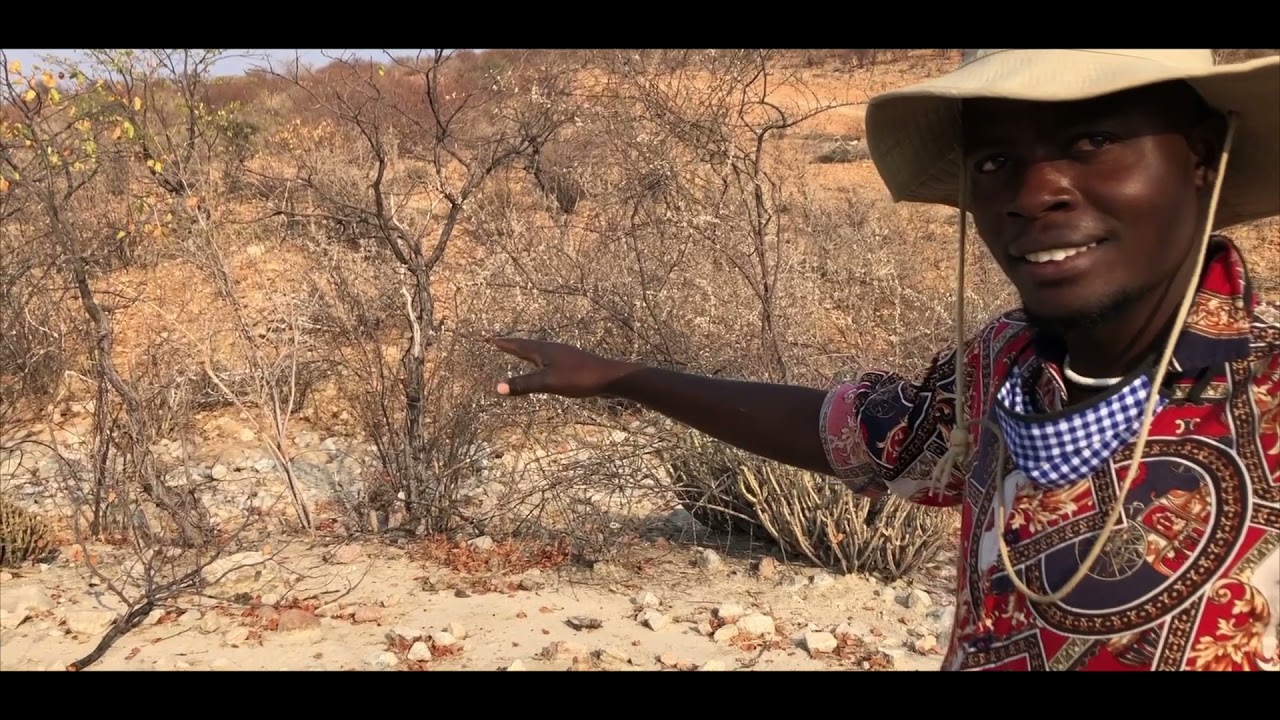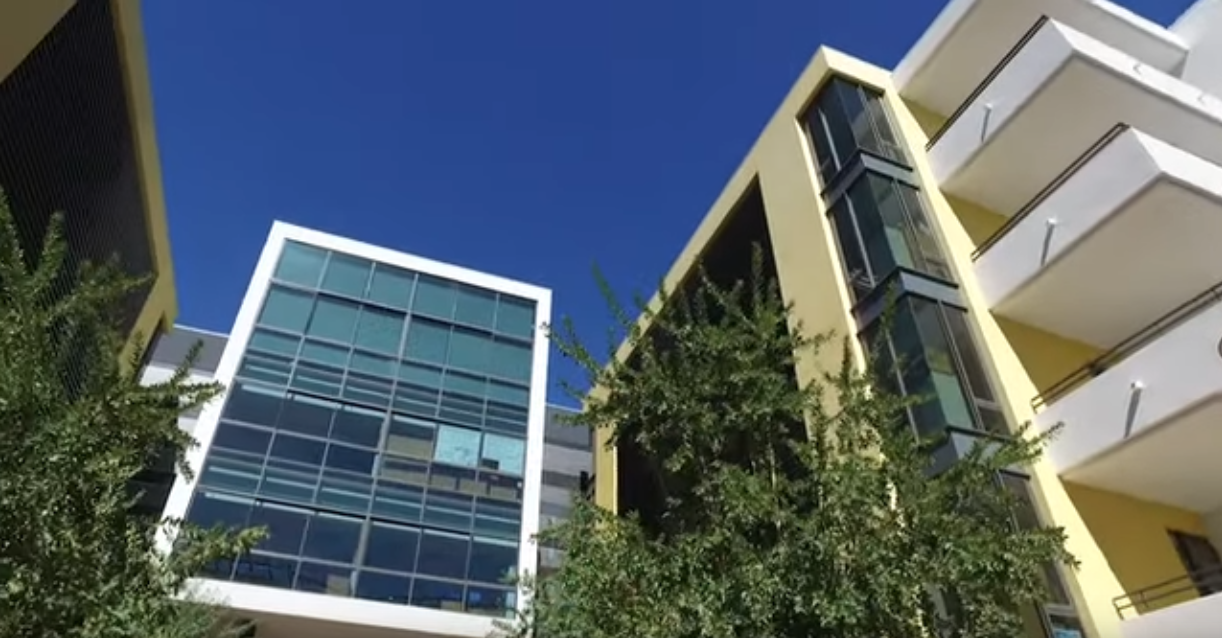Home
The registration deadline for the Second Semester of 2024 has been extended to Wednesday, 31 July 2024.
Students are advised to complete their registration by this date, as no further extensions will be granted.
Classes Start on: 7 August 2024
Registration Ends on: 09 August 2024
Costs: N$500 per course (CCNA 1-3)
NUST Lüderitz Technovation Park: Powering Innovation and Fuelling the Future
Global Transition to the Green Hydrogen Economy
1 - 2 September 2024 University of Namibia, Windhoek, Namibia
More Information | Poster Competition
Intra Africa Mobility Scheme Project Call
Applications for Scholarships are invited from suitable candidates to pursue studies and research in Green Computing.
Application Deadline: 31 July 2024
More Information | Project Website
Gr2A Scholarships Information Session 2024
NUST herewith invites prospective applicants to apply for the Certificate in Procurement Management (NQF Level 4), which is offered as a 6 month programme.
Follow the link below to register your profile and upload your manuscript.
https://journals.nust.na/index.php/njtvet/index
Deadline: 31 October 202
A Special Examination is an examination that may be granted to a student who was unable to write the Supplementary/Second Opportunity Examination
More Information | Special Examination Application
An Exit Examination is an examination that may be granted to all students in their final year with a maximum of two subjects outstanding to qualify for their respective qualifications
More Information | Exit Examination Application
NUST is excited to introduce the Postgraduate Walk of Achievement walkway on the NUST campus. In a nutshell, it emulates the famous Hollywood Walk of Fame.













